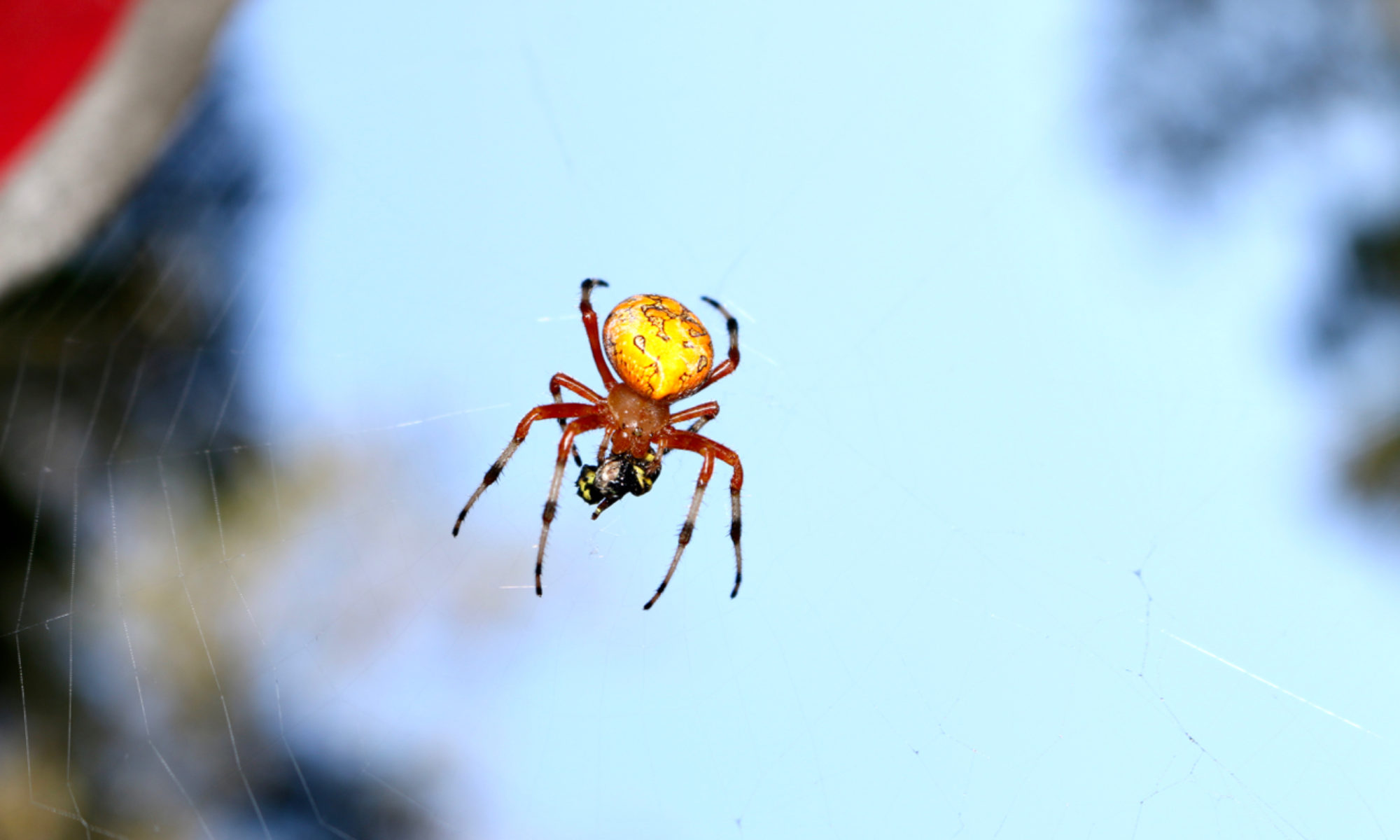You’d think professional journalists would be smarter than to use flimsy evidence to back up what they’re writing about. And there’s no flimsier evidence than anything said on the biggest microphone of our time: Twitter.
I’m not talking about famous people, Donald Trump or even professionally-written commentary sparking the ‘outrage,’ but anonymous trolls, like that one who criticized Alexandria Ocasio-Cortez’s dancing, leading to a swath of articles defending her, as if the initial criticism was even worthy of a response.
The latest example is the ‘outrage’ over #notmyariel, which was a hashtag allegedly used by those who are upset that Ariel was cast as a black woman in the upcoming live-action remake of The Little Mermaid.
The most viral of these tweets was proven to be a hoax:
This viral tweet complaining about the Little Mermaid casting being racist has a profile pic stolen from an Instagram model. The “half black best friend” pic is taken from god knows where, but shows up in a bunch of Pinterest BFF roundups pic.twitter.com/aYMwKf1XNl
— Brandon Wall (I-Roku City) (@Walldo) July 4, 2019
That tweet was a major reason the hashtag caught on in the first place, because so many people were responding negatively to it (the account has since been suspended).
So, these reporters scanned through thousands of tweets defending the casting so they could find just a handful of ‘legit’ ones (though I’m sure they didn’t actually interview folks who are upset over the casting choice, like journalists are supposed to do). Yes, there were critical tweets of the casting choice, but not enough to rise to the level of being newsworthy. Also, if you look hard enough, you can find idiotic tweets on any topic, and you’d be a certified hack if you used those as examples in journalism.
My employer published four pieces of content on the subject.
One was a generic news article, written by folks who are looking to write on trending topics. This is what happens when page views are the goal and the quality of content is an afterthought.
Another article – by a foreign correspondent – was about mermaids in African lore, which I personally would find interesting if it wasn’t based on the #notmyariel lie.
The third one comes from an associate professor at a university and labeled ‘Perspective’ on a freelance blog, claiming ‘white nostalgia fueled this ‘backlash.’ It wasn’t Post staff, but the Post still served as a platform for this writer, and these type of writers get far too much freedom to write such nonsense at The Post.
Oh, and a video explains everything, in case the first three articles we’re clear.
You’ll notice something is missing here: Articles from the Washington Post editorial section. Several writers in this group rarely miss an opportunity to write an ‘Everyone is racist’ column, but didn’t this time, because even they realized that the ‘outrage’ really wasn’t there.
But I digress…
This didn’t happen just because gullible reporters and editors took the bait, but because they see something like this and it confirms their pre-existing beliefs. Covington was the best example. Of course Catholic boys in MAGA hats harassed a Native American! Let’s write an article only with that point of view and be quick to publish it!
Even a little bit of critical thinking can destroy these stories before they’re written. That said, playing up certain angles that’ll cause an emotional response is a dirty trick in journalism. Some of these stories are even very good. Regardless of the quality, the editors will top it with an outrageous click-bait headline, link it to their other hand-picked examples of the same topic, then downplay or ignore evidence that doesn’t fit their narrative.
People make careers, and even win Pulitzers, using these tricks and it’s disgusting.
While the fake news of ‘The Little Mermaid’ casting outrage isn’t a hill to die on, it’s just the latest example of, at best, piling onto ‘trending’ topics for page views, but at worst, blatant bias – absent of critical thinking – dictating story selection.
More articles on this, which I can’t, unfortunately, find on The Washington Post:
